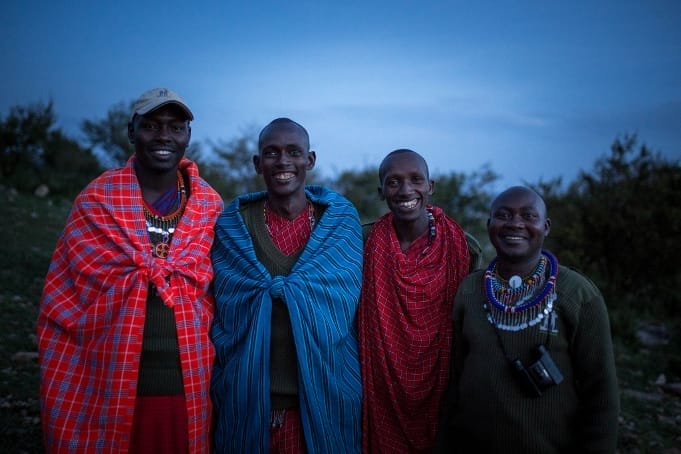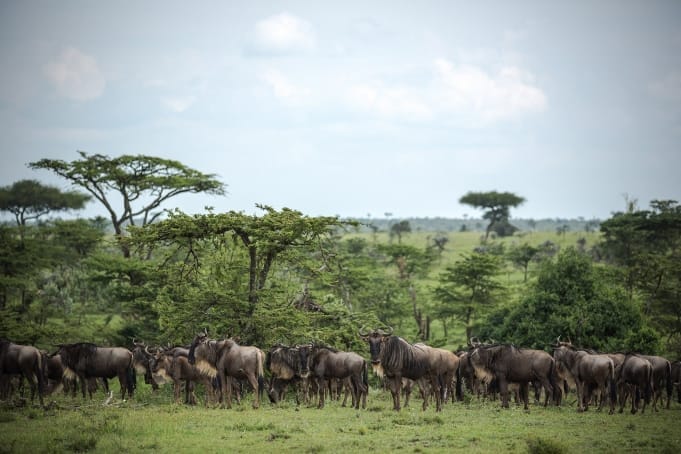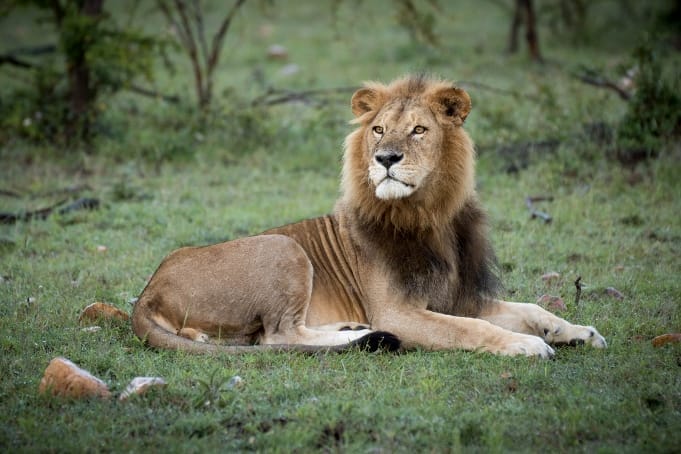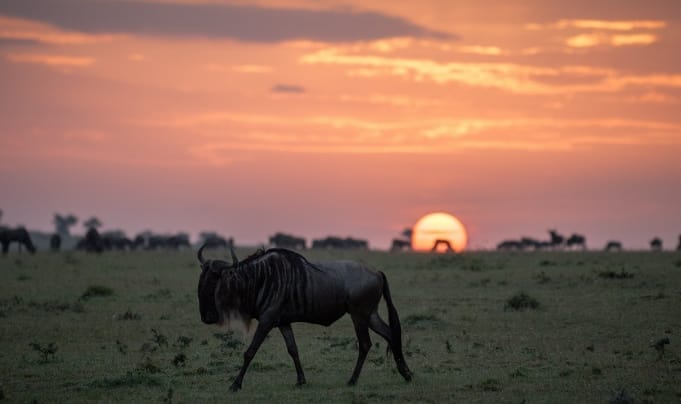Conservation


The Conservation Concept Giving Kenyan Communities a Brighter Future
An alternative approach to wildlife conservation in Kenya called ‘the conservancy concept’ is helping to create a sustainable future for animals, local communities, the environment and visitors alike for the very first time – and the son of British emigrants to Kenya is one of those at the forefront of the movement. Jake Grieves-Cook’s parents moved to Africa in 1948 and he grew up and went to school in Kenya where has now been involved in the country’s safari tourism industry for over 40 years. He runs the award-winning Porini Eco-Camps sited in Nairobi National Park, Laikipia, Amboseli eco-system and the Mara, including at Ol Kinyei Conservancy, which borders the north-east corner of the Maasai Mara National Reserve – famous for its incredible array of wildlife, from lions and leopards to cheetahs and wildebeest.
His site is one of many conservancies across the country which operates on land leased from local communities. The idea has been hailed as defining a new era of ecotourism in the East African country – and has proved such a success there are now more than 7.5 million acres of conservancy land across 22 counties.
Conservancies means local communities directly benefit from the use of their land and willingly host and protect wildlife populations – reducing the previously troublesome human/wildlife conflicts which have been known to arise from poaching, farming and the construction of infrastructure.




The renowned elephant conservationist
The renowned elephant conservationist Cynthia Moss recently described the establishment of conservancies in Kenya as “the single most successful conservation initiative since the creation of national parks in the 1940s”. She added, ” Conservancies protect land for Kenya’s wildlife and even more important create sanctuaries of safety. In addition conservancies bring benefits in the form of direct payments and jobs to the people who share their land with wildlife.”


Kenya’s spectacular flora and fauna
Mr Grieves-Cook added that the approach was also conserving Kenya’s spectacular flora and fauna outside of parks and he and his team are keen to spread the word to encourage more communities to follow suit.
He said: “The conservancy concept enables small landowners to pool their resources to create large tracts of land which can be set aside for wildlife and to join in partnerships with safari operators to generate incomes from wildlife tourism as an alternative form of land use. Visitors have quickly learnt that staying in small camps inside the conservancies offers a very rewarding experience and the word is spreading that this is one of the best ways to go on safari in Kenya and that it is contributing to conservation as well as to making it possible for benefits to reach the communities.”


Find out more
This Video Interview with Jake Grieves-Cook gives more information on the conservancy concept in Kenya. (Note this interview was in 2015 when visitor numbers had declined owing to fears about global terrorism, hence the comments at the end. Thankfully in the ensuing years the situation improved greatly with increasing visitor numbers and today travel to Kenya is flourishing.)






